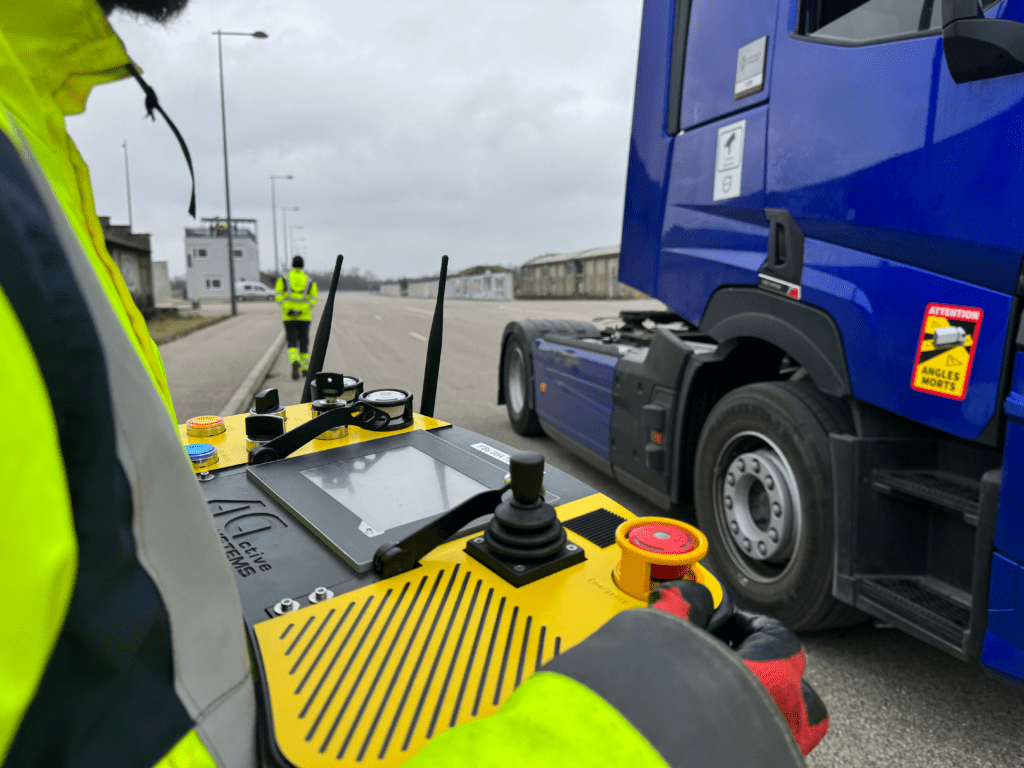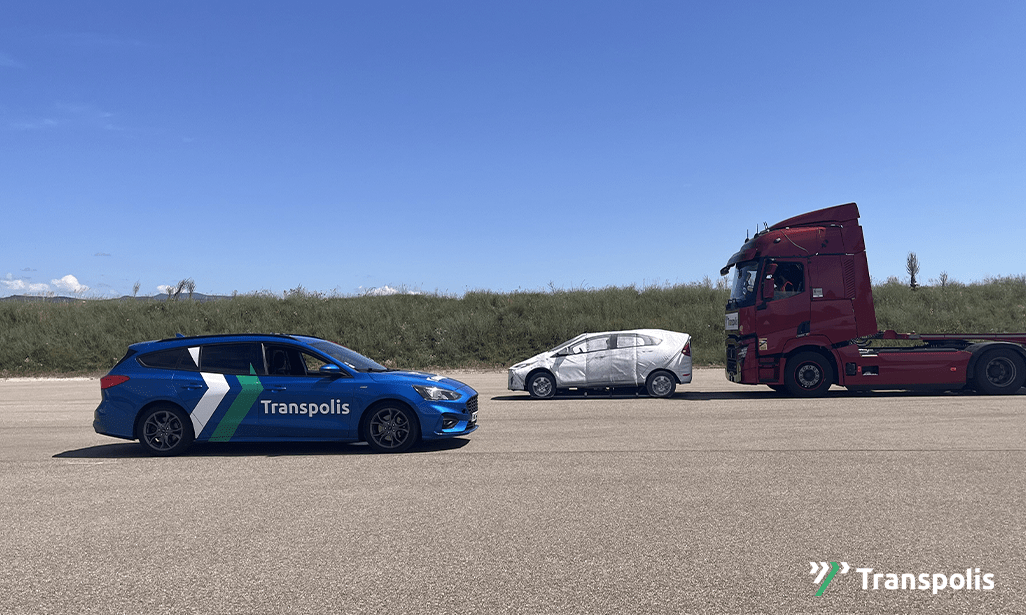What is active safety in a vehicle?
Active safety refers to the electronic and mechanical systems designed to prevent accidents before they occur. Unlike passive safety (such as airbags or seat belts), active safety intervenes before a potential impact.
Key active safety technologies include:
• Automatic Emergency Braking (AEB), which detects obstacles and brakes if the driver doesn’t react.
• Lane Support System (LSS), which helps keep the vehicle within its lane.
• Adaptive Cruise Control (ACC), which adjusts speed to maintain a safe distance from the vehicle ahead.
• Emergency Brake Assist (EBA), which boosts braking power when needed.
These systems significantly reduce the risk of collisions, road departures, and accidents involving vulnerable road users or other vehicles.
de Peak Breaking Coefficient (PBC)
Which Euro NCAP tests assess active safety technologies ?
Euro NCAP (European New Car Assessment Programme) is the reference body for automotive safety. It conducts thorough tests on active safety systems, including:
• AEB VRU: Emergency braking for vulnerable road users (pedestrians and cyclists).
• AEB C2C: Emergency braking between vehicles.
• LSS: Lane Support System.
• SAS: Speed Assistance System.
• ACC: Adaptive Cruise Control.
These evaluations measure the responsiveness, accuracy, and effectiveness of each system in various real-life scenarios.
What are Advanced Driver Assistance Systems (ADAS) ?
ADAS are advanced systems that support drivers during everyday driving. Their dual objective is to reduce driving stress and enhance road safety.
Common ADAS features include:
• AEB
• Lane departure warning and lane keeping assistance
• Traffic sign recognition with speed adaptation
These systems act as a “digital co-pilot,” capable of intervening when the driver is unable to react quickly enough.


How are vehicles rated by Euro NCAP?
Vehicles tested by Euro NCAP receive an overall score of up to five stars, based on four main categories:
- Adult occupant protection
- Child occupant protection
- Vulnerable road user protection
- Safety assistance technologies
A five-star rating reflects excellence in both active and passive safety.
Do active safety technologies work in all conditions?
ADAS are designed to function under a wide range of driving conditions, but their performance can be affected by factors such as:
• Weather (rain, snow, fog)
• Lighting (night, tunnels, glare)
• Road conditions and lane markings
This is why manufacturers test these systems in complex environments to ensure their reliability.
Do modern vehicles protect vulnerable road users?
Yes. New-generation vehicles include technologies specifically designed to detect and protect exposed road users, such as:
• Pedestrian AEB, which brakes if someone suddenly crosses the road
• Cyclist AEB, which reacts to nearby bicycles or scooters
• Peripheral sensors offering 360° vision around the vehicle
What does AEB mean and why is it important?
AEB (Automatic Emergency Braking) is one of the most important advancements in active safety. It detects imminent danger and automatically applies the brakes if the driver fails to do so.
• It drastically reduces the number of accidents
• It limits the severity of impacts
• It protects vehicle occupants as well as pedestrians and cyclists
AEB VRU and AEB C2C tests confirm the system’s effectiveness in real-world conditions.
What is a government technical service in the automotive field?
A government technical service is an official testing center appointed by authorities to conduct or oversee tests and technical evaluations for vehicle type approval. Their role is to verify that vehicles meet regulatory standards.
Is Transpolis a government technical service?
Yes. Transpolis has been officially designated as a government technical service for conducting approval tests on driver assistance systems (ADAS) for specific vehicle types.
Its test laboratory is authorized to perform homologation tests on:
• Light and heavy commercial vehicles (categories N2/N3)
• Buses and coaches (categories M2/M3)
Transpolis is qualified to assess systems such as:
- R131: Automatic Emergency Braking (AEBS)
- R130: Lane Departure Warning System (LDWS)
- R151: Blind Spot Information System for cyclist detection (BSIS)
- R159: Moving Off Information System for pedestrian and cyclist detection (MOIS)
- R152: Emergency Braking (AEBS for M1-N1 vehicles)
- (EU) 2021/646: Emergency Lane Keeping System (ELKS)
- R39: Speed Indicator
- R89: Speed Limitation Device
What is the role of a technical service in vehicle type approval?
The technical service supports the homologation process by:
• Carrying out standardized track or lab tests
• Evaluating technical performance of safety systems (e.g. ADAS)
• Drafting technical reports for regulatory authorities
• Ensuring compliance with UNECE regulations


